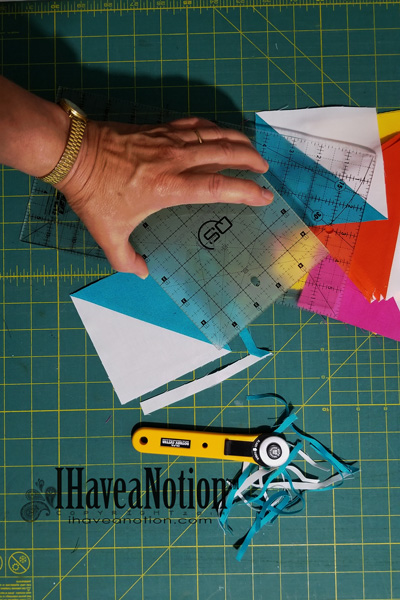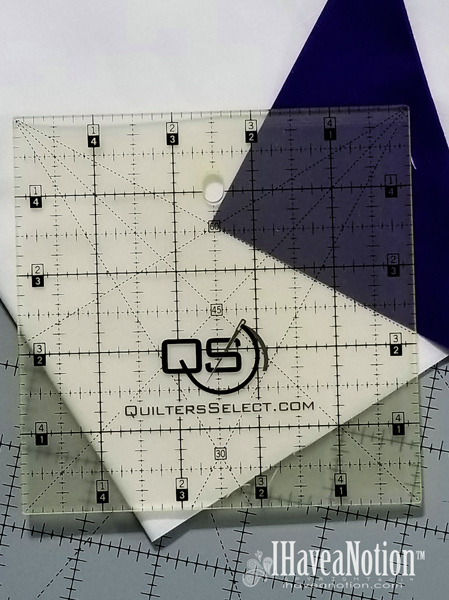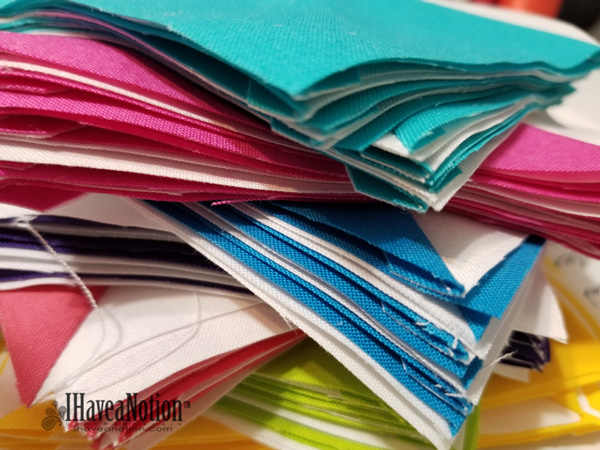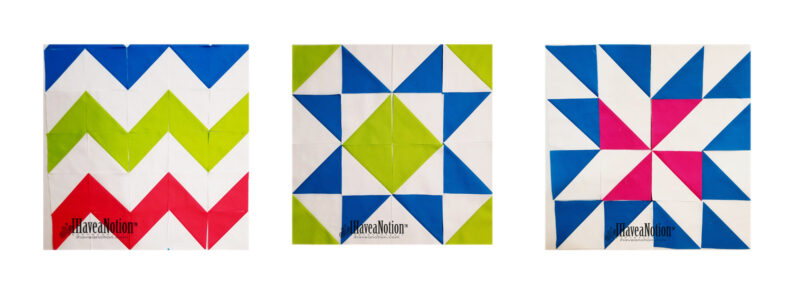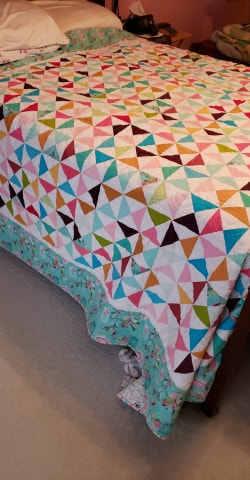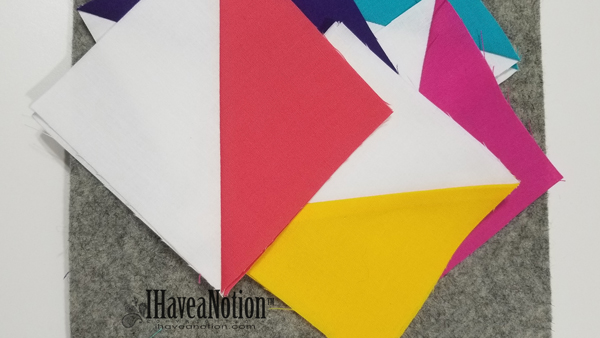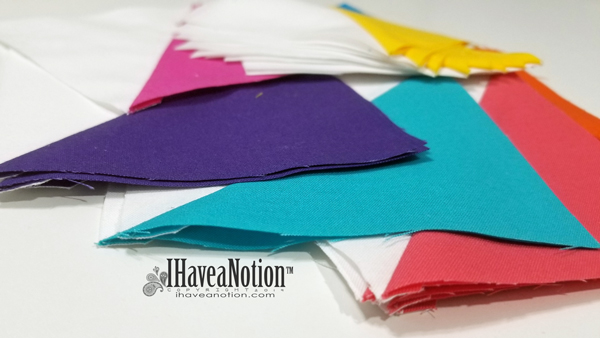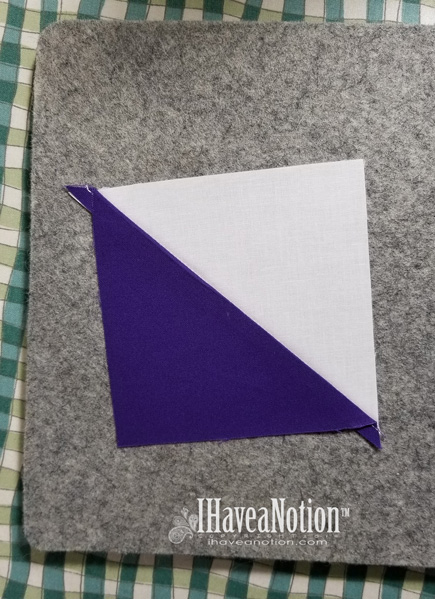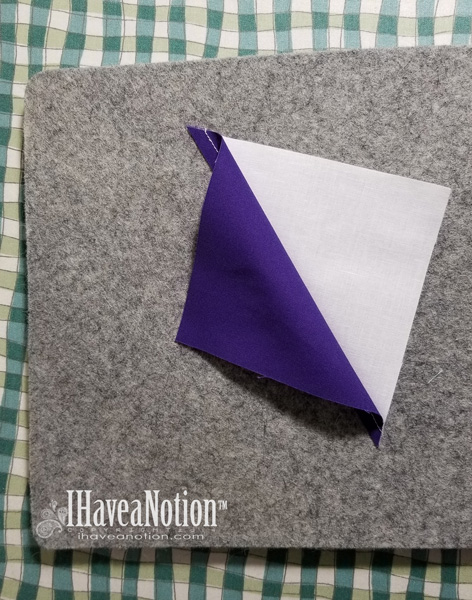The green in Kentucky comes with rain! And there has been little wild weather too. The thunderstorms have been coming in the night, which makes for an unsettled sleep. Since we live in the country, the weather ‘warning’ sirens are very few, as in none. Which means having a ‘weather radio’ in the house. Of course, the moment it even resembles trouble it goes off… We could unplug it and take the batteries out, but then it would defeat the purpose and unsettled sleep is better than dead! Rainfall for the month of May is over 4 inches already. So the pond is full.

Abundance at the Pond
The best thing about the greening is that the temperatures are getting warmer and that allows us to spend some time every afternoon at the edge of the pond… Watching… all kinds of things from the turtles sunning or swimming, the redwing blackbirds building nests in the willows or reeds, the clouds drifting, to frogs coming up for a visit. We have various names for this time of the day, “Pond O’clock”, “Turtle-time” or “Beer O’clock”. On sunny days we sit in the shade and on the cooler days we sit in the sun.

The abundance of rain has brought forth a dense layer of leaves on the trees. We have a forest behind the house beyond the backyard fence. When the trees are bare we can see our little cabin. Once the trees begin to leaf all traces of the cabin disappear. The roof of the cabin is green tin, the walls are cedar brown and the window frames are white. Even if you know where to look it is invisible.

Stash Secrets
Green is my favorite color. From the palest celery to the deepest darkest forest green, and every shade and tint in between. Have you ever looked at your fabric stash and are surprised to discover that you have more of certain colors? I like green, no doubt. In my stash of fabric, the green outnumbers the other colors. But I never would’ve thought that brown/tan and blues would be tied for second place.
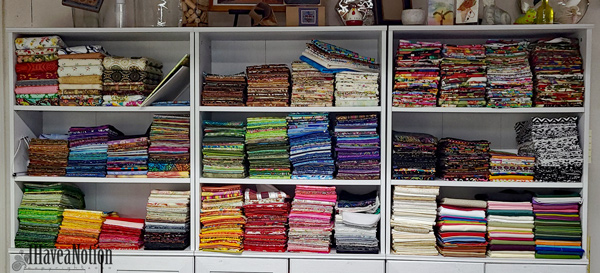
If you had asked me, (without looking), what colors I had the most of, I might have said pinks and reds or yellows and oranges, because they add such a nice warm glow. However, I have discovered that for a spark in my composition, I generally look in the direction of ‘Lime’ green! Yeah, I know.
Sparks of Green
I never really looked at a ‘spark’ color until my friend, Susara mentioned that when she creates a piece that appears to be flat or uninteresting, she would add a bit of purple and the problem was solved. This doesn’t always work of course, but I would never have guessed that my spark was a bright lime color! I used it quite accidentally when I was participating in the Kentucky Heritage Quilt Society Quilt Artists of Kentucky “Quiltography Challenge”. The wheel was created first, followed by the leopard. For the leopard, I auditioned several colors for the eyes and lime green, was it! Of course, the whiskers had to be sparkly green! For the Arcadia, the Dew Drop, Vineyard, and Jeep lime green appeared naturally. By the time I got to the last two, Red Lamps and Arches, I had to figure out how and where I could actually add any green!
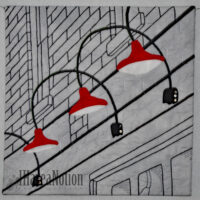
lime green is the relection on the top of the light arc 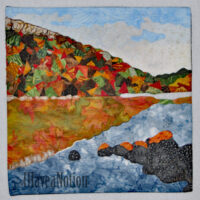
the lime green used on the hills 
lime green as the tendrils 
lime green grass 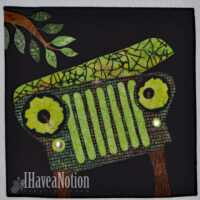
obvious use 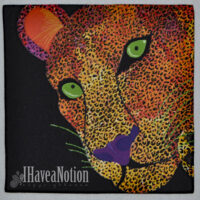
lime green eyes & whiskers 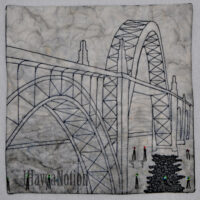
lime green channel markers 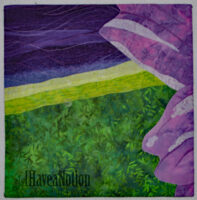
again obvious
Do you have a favorite color? Is it obvious in your stash. Do you have a surprise affinity for another color too?
